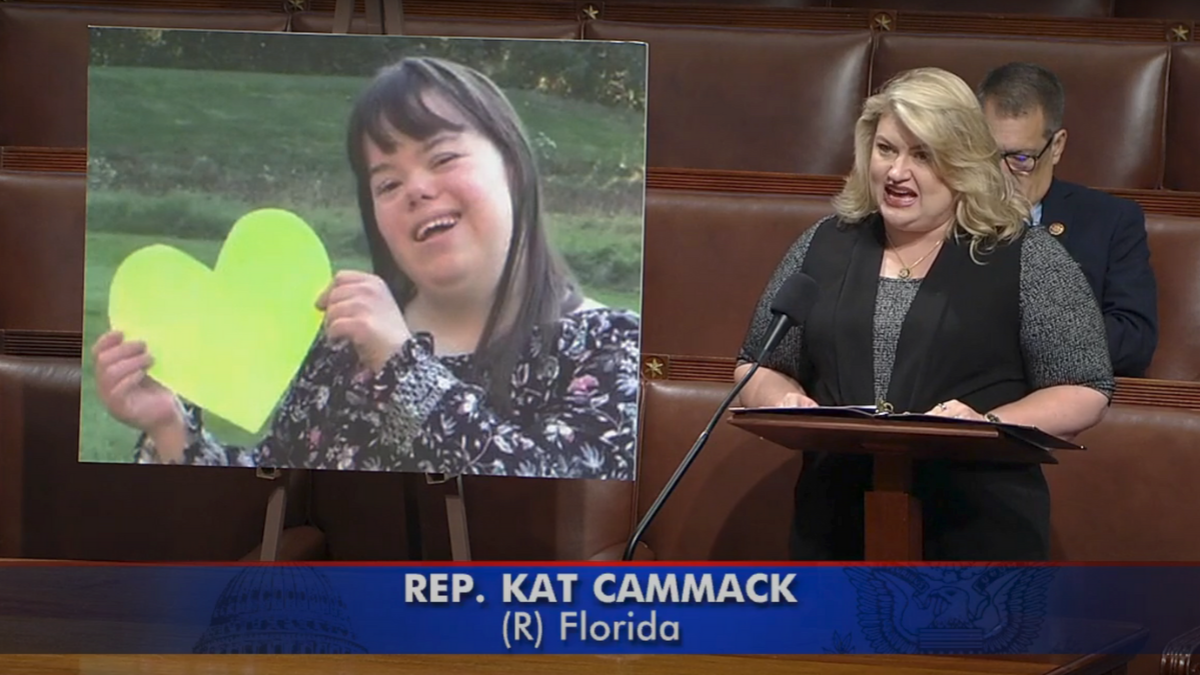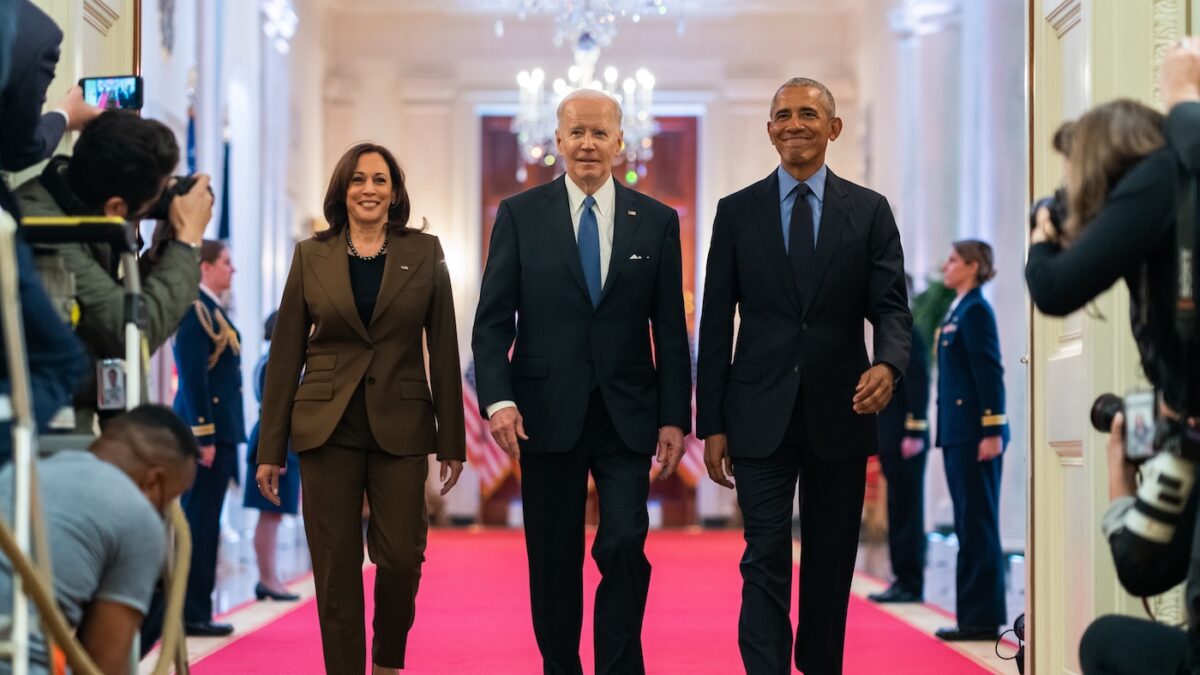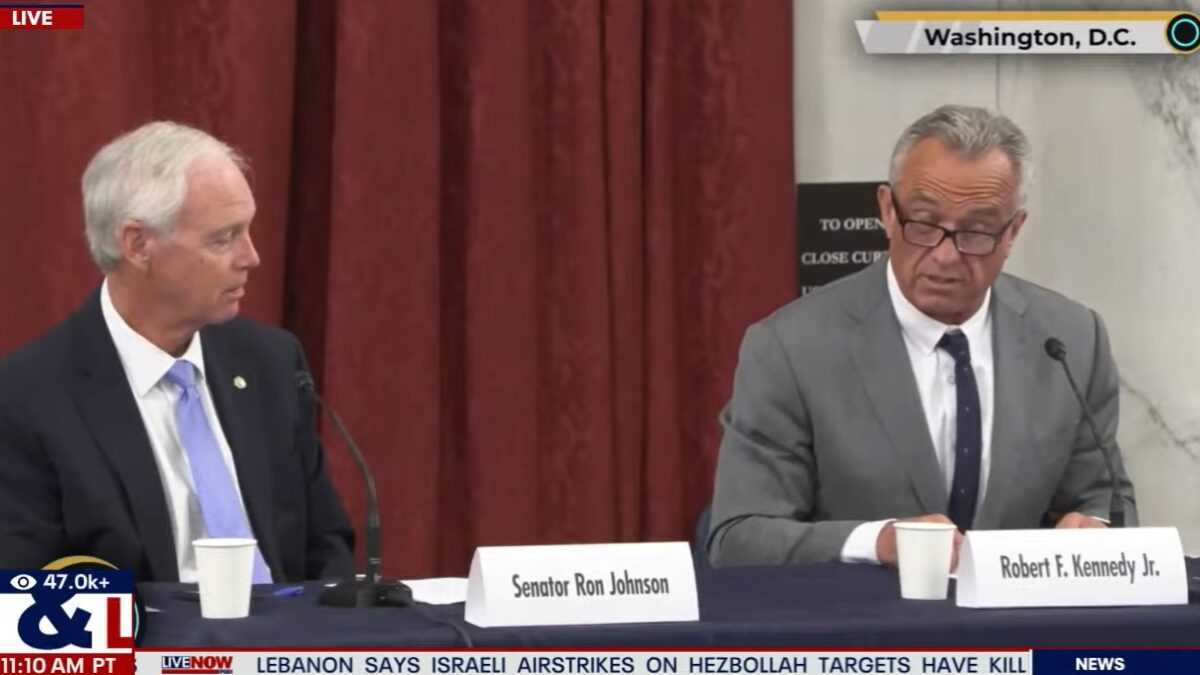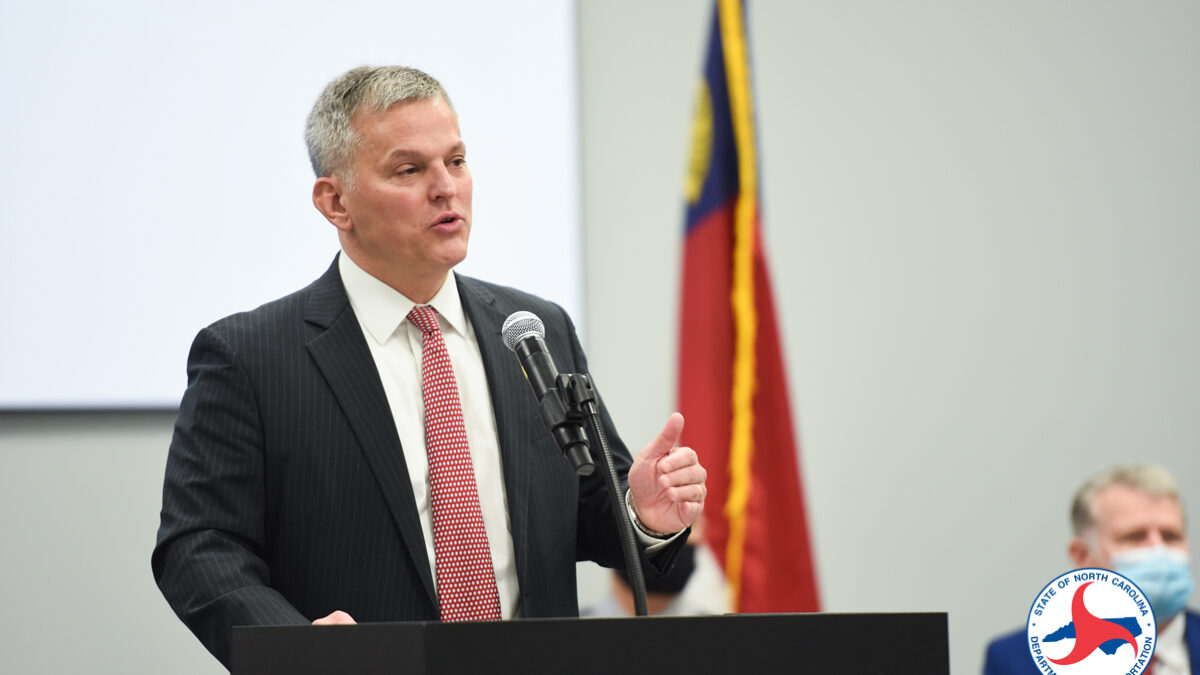
The more things change, the more they stay the same. On a Friday, the Trump administration issued a little-noticed three paragraph statement that used seemingly innocuous language to outline a forthcoming bailout of health insurers—this one designed to avoid political controversy prior to the president’s re-election campaign.
Republicans like Sen. Marco Rubio (R-FL) quite rightly criticized President Obama for wanting to bail out health insurers via a crony capitalist boondoggle. They should do the same now that Trump wants to waste billions more on a similar tactic that has all the stench of the typical Washington “Swamp.”
Explaining the President’s Drug Pricing Proposal
The announcement from the Centers for Medicare and Medicaid Services (CMS) involves the president’s efforts on drug pricing. As part of that campaign, the administration released a proposed rule—comments on which were due April 8—that would change the system of rebates handled by pharmaceutical benefit managers (PBMs).
At present, drug manufacturers pay rebates to PBMs in exchange for preferred placement on an insurer’s pharmacy formulary. PBMs then share (most of) these rebates with insurers, who pass them on to beneficiaries. But historically, PBMs have passed those rebates on via lower premiums, rather than via lower drug prices to consumers.
For instance, Drug X may have a $100 list price (the “sticker” price that Manufacturer Y publicly advertises), but Manufacturer Y will pay a PBM a $60 rebate to get Drug X on the PBM’s formulary list. It sounds like a great deal, one in which patients get the drug for less than half price—except that’s not how it works at present.
Instead, the PBM uses the $60 rebate to lower premiums for everyone covered by Insurer A. And the patient’s cost-sharing is based on the list price (i.e., $100) rather than the lower price net of rebates (i.e., $40). This current policy hurts people whose insurance requires them to pay co-insurance, or who have yet to meet their annual deductible—because in both cases, their cost-sharing will be based on the (higher) list price.
The proposed rule would require PBMs operating within Medicare and Medicaid to pass any rebates they receive directly through to customers at the point of sale. (Extending this proposed change to other forms of insurance would require Congress to pass legislation.) For the reasons explained above, the change would lower out-of-pocket costs for seniors—particularly for those with very high drug costs. But prohibiting PBMs from applying rebates to premiums means that the latter by definition will rise.
The Policy and Political Problems
The administration’s proposed rule conceded that the proposed change could raise Medicare Part D premiums. The CMS Office of the Actuary estimated the rule would raise premiums anywhere from $3.20 to $5.64 per month. (Some administration officials have argued that premiums may stay flat, if greater pricing transparency prompts more competition among drug manufacturers.)
The rule presents intertwined practical and political problems. From a practical perspective, the administration wants the rule to take effect in 2020. But the comment period on the proposed rule just closed, and the review of those comments could last well beyond the June 3 date for plans to submit bids to offer Part D coverage next year.
The political implications seem obvious. The administration doesn’t want to anger seniors with Part D premium increases heading into the president’s re-election bid. And while the administration could have asked insurers to submit two sets of plan bids for 2020—one assuming the rebate rule goes into effect next year, and one assuming that it doesn’t—doing so would have made very explicit how much the change will raise premiums, handing Democrats a political cudgel on a hot-button issue.
Here Comes the Bailout
That dynamic led to the Friday announcement from CMS:
If there is a change in the safe harbor rules effective in 2020, CMS will conduct a demonstration that would test an efficient transition for beneficiaries and plans to such a change in the Part D program. The demonstration would consist of a modification to the Part D risk corridors for plans for which a bid is submitted. For CY2020, under the demonstration, the government would bear or retain 95% of the deviation between the target amount, as defined in section 1860D-15(e)(3)(B) of the Social Security Act (the Act) and the actual incurred costs, as defined in section 1860D-15(e)(1) of the Act, beyond the first 0.5%. Participation in the two-year demonstration would be voluntary and plans choosing to participate would do so for both years. Under the demonstration, further guidance regarding the application process would be provided at a later date.
To translate the jargon: Risk corridors are a program in which the federal government subsidizes insurers who incur large losses, and in exchange insurers agree to give back any large gains. I explained how they worked in the Obamacare context here. However, unlike Obamacare—which had a risk corridor program that lasted only from 2014-2016—Congress created a permanent risk corridor program for Medicare Part D.
It all sounds well and good—until you look more closely at the announcement. CMS says it will “bear or retain 95% of the deviation…beyond the first 0.5%.” That’s not a government agency sharing risk—that’s a government agency assuming virtually all of the risk associated with the higher premium costs due to the rebate rule. In other words, a bailout.
Déjà Vu All Over Again
The use of a supposed “demonstration project” to implement this bailout echoes back to the Obama administration. In November 2010, the Obama administration announced it would create a “demonstration project” regarding Medicare Advantage, and Republicans—rightfully—screamed bloody murder.
They had justifiable outrage, because the added spending from the project, which lasted from years 2012 through 2014, seemed purposefully designed to delay the effects of Obamacare’s cuts to Medicare Advantage. Put simply, the Obama administration didn’t want stories of angry seniors losing their coverage due to Obamacare during the president’s re-election campaign, so they used a “demonstration project” to buy everyone’s silence.
In response to requests from outraged Republicans, the Government Accountability Office (GAO) conducted multiple reviews of the Medicare Advantage “demonstration project.” Not only did GAO note that the $8 billion cost of the project “dwarfs all other Medicare demonstrations…in its estimated budgetary impact and is larger in size and scope than many of them,” it also questioned “the agency’s legal authority to undertake the demonstration.” In other words, the Obama administration did not just undertake a massive insurer bailout, it undertook an illegal one as well.
The current administration has yet to release official details about what it proposes to study in its “demonstration project,” but, in some respects, those details matter little. The real points of inquiry are as follows: Whether buying off insurance companies and seniors will aid Trump’s re-election; and whether any enterprising journalists, fiscal conservatives, or other good government types will catch on, and raise enough objections to nix the bailout.
Congress Should Stop the Insanity
On the latter count, Congress has multiple options open to it. It can obtain request audits and rulings from GAO regarding the legality of the “demonstration,” once those details become public. It can explore passing a resolution of disapproval under the Congressional Review Act, which would nullify Friday afternoon’s memo.
It can also use its appropriations power to defund the “demonstration project,” preventing the waste of taxpayer funds on slush funds and giveaways to insurers. Best of all, they can do all three.
Republicans objected to crony capitalism under Democrats—Rubio famously helped block a taxpayer bailout of Obamacare’s risk corridor program back in 2014. Here’s hoping they will do the same thing when it comes to the latest illegal insurer bailout proposed by CMS.









